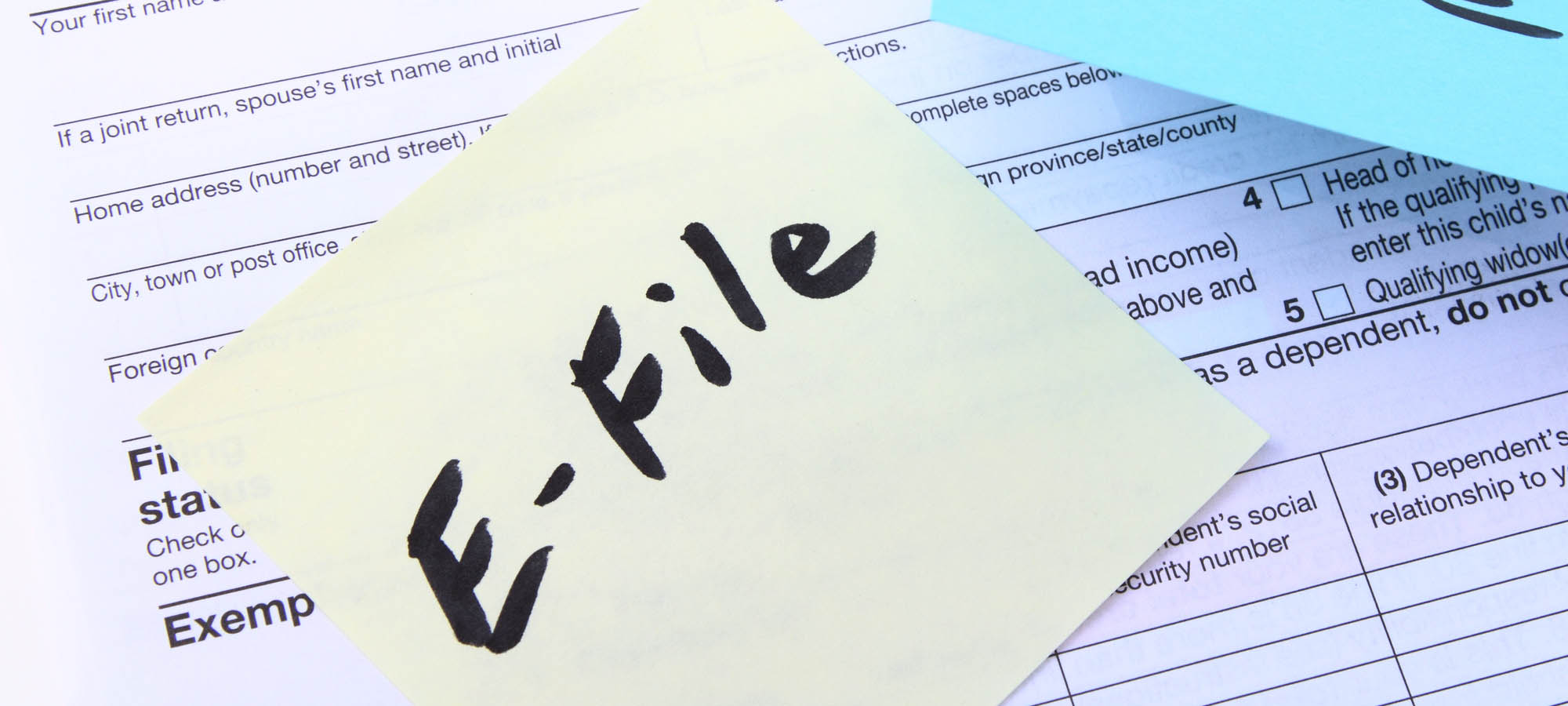On February 23, 2023, the IRS significantly expanded electronic filing requirements for tax returns. Employers filing 10 or more returns of any type on or after January 1, 2024, must now submit returns electronically instead of via paper filings. The previous threshold was 250 or more returns.
This memo focuses on the most common type of information returns–W-2 and 1099 series return filings–but the new requirements also apply to other types of returns.
The threshold of 10 returns is calculated based on the aggregate number of different types of returns — rather than the number of returns per each return type. For example, an employer with eight W-2s, one 1099-NEC, and one 1099-DIV is required to electronically file, because one must combine the total number of information returns (10 total) to determine if the threshold has been met.
Penalties imposed by the IRS for non-compliance could be up to $310 per information return.
[et_pb_text _builder_version=”4.23.1″ background_color=”#F0F0F0″ background_size=”initial” background_position=”top_left” background_repeat=”repeat” custom_padding=”20px|20px|20px|20px|true|true” border_radii=”on|5px|5px|5px|5px” border_width_all=”3px” border_color_all=”#e86076″ global_colors_info=”{}”]
PLEASE NOTE: If your information returns (W-2s or 1099’s) are filed by Fishman Block + Diamond, LLP, we will take care of the E-Filing per the IRS requirements. If you are filing internally or through a bookkeeper/third party, please make sure that the filing party is aware of this new policy.
Who Is Impacted by the New E-Filing Requirement
Businesses that file 10 or more employment tax information forms such as W-2s, 1099s, or certain other information returns in a single calendar year must now file electronically, as paper filing is no longer allowed.
How to Prepare for this New E-Filing Requirement
Looking back to “how we did it last year”, is no longer an option.
- Take a proactive approach. Employers should begin preparing for this e-file change well before the filing due date of January 31, 2024. A proactive approach will provide enough time to identify new software that may be necessary and to establish, coordinate, and deploy new internal accounting policies and procedures.
- Understand how the IRS defines the new return threshold. The threshold for e-filing is based on the aggregate number of various types of forms and returns. This calculation can become confusing. Some employers must aggregate other entities within a controlled or affiliated service group — like a plan sponsor, for example — to determine if the threshold has been crossed for a particular tax year. Work with your tax advisor to determine if the new electronic filing requirements apply to your business.
- Become familiar with the new IRS portal. The IRS has a new online portal to facilitate these electronic filings. It’s called the Information Returns Intake System (IRIS) and does not require any special software but does require you to apply in advance in order to use it.
- Explore available options. Up to 50 W-2s can be filed online with the Social Security Administration. No software is required, but a Business Services Account must be established in advance.
Other Considerations
For businesses not currently required to file electronically under the new rules, it may be advantageous to begin e-filing now for a number of reasons.
Making the switch to an electronic filing process in a proactive manner can:
- Minimize administrative costs.
- Free up resources to be used in a more effective manner.
- Increase accuracy.
- Reduce the likelihood of audits and penalties.
Learn More
Ensure compliance with the new requirements and minimize your penalty exposure risk.
Consult a tax advisor to help you form a comprehensive strategy to address this new requirement.



